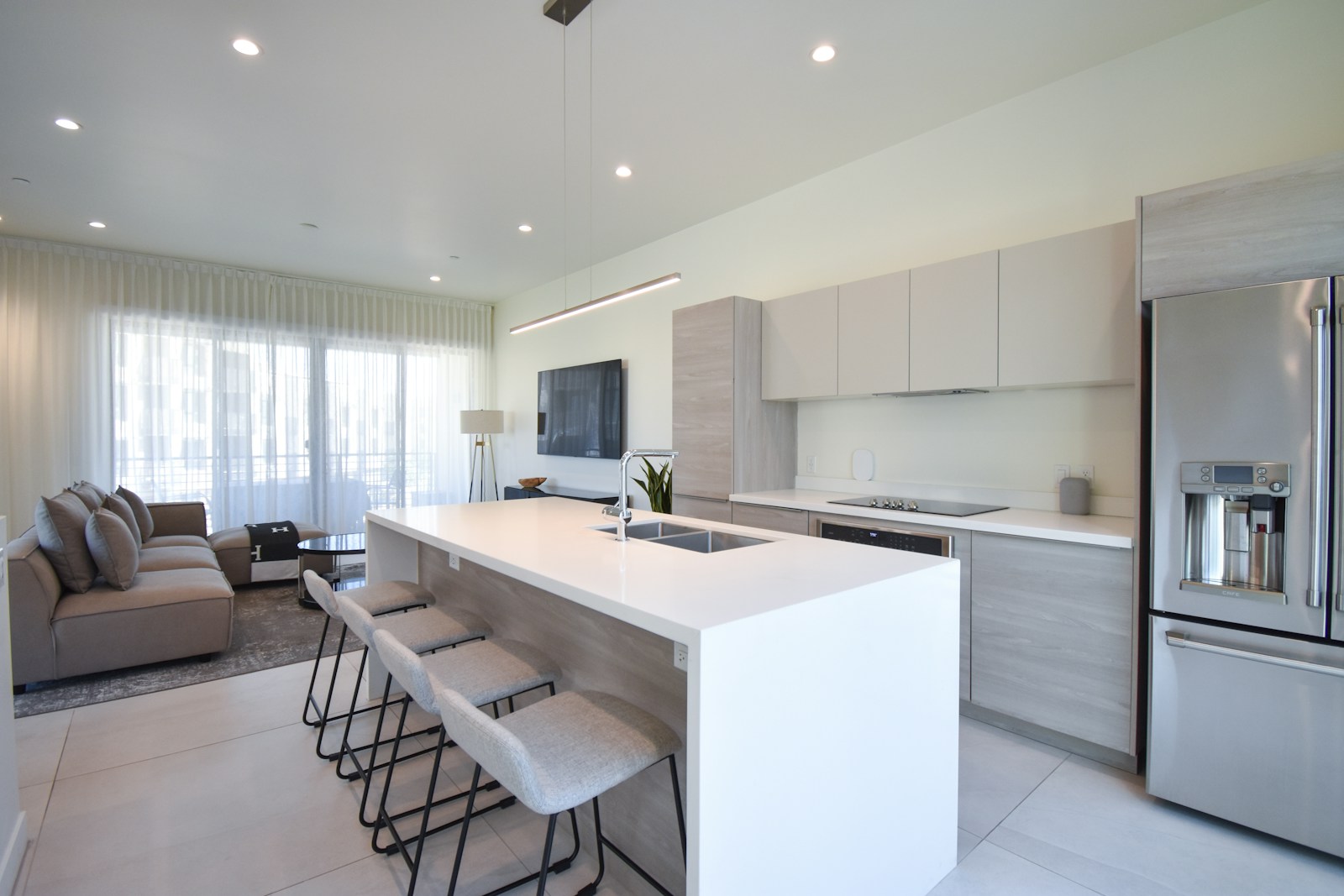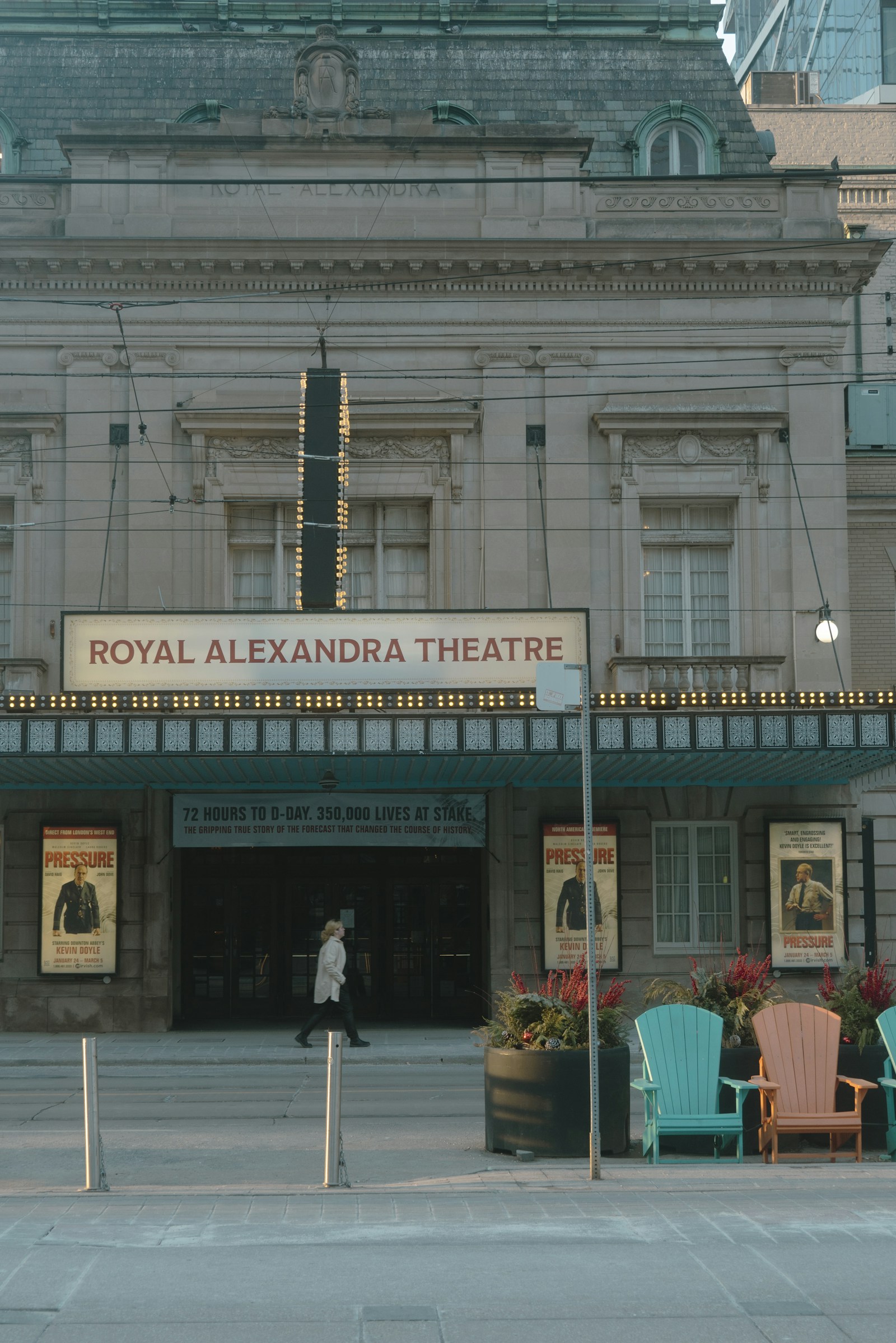Published: September 2025 | Reading Time: 8 minutes
Walk through Toronto's most coveted heritage neighbourhoods today—The Annex, Riverdale, Leslieville, Cabbagetown, Trinity Bellwoods, Little Italy —and you'll witness a heartbreaking trend. Century-old homes with intricate woodwork, original hardwood floors, and handcrafted details are being stripped down to their studs and rebuilt as sterile, Instagram-ready shells.
These aren't just renovations. They're cultural vandalism disguised as "heritage preservation."
What's really happening to Toronto's heritage homes
As someone who works with design-focused clients seeking authentic heritage properties, I've witnessed this crisis firsthand. Over the past two years, finding a genuinely well-preserved heritage home has become nearly impossible. My clients—architects, interior designers, and discerning buyers who appreciate craftsmanship—are consistently disappointed by what's available.
Toronto's real estate market has created a perfect storm for heritage destruction. Developers and flippers have discovered a loophole… buy a heritage-listed property, gut everything that made it special, then slap some subway tiles, quartz countertops, and generic finishes inside a historically-protected exterior.
The result? Homes that look "heritage" from the street but feel like suburban McMansions inside—yet they're priced as if they're bespoke architectural gems.
Here's the frustrating truth I share with my design-focused clients: Toronto's heritage market is flooded with gut jobs masquerading as premium properties. Sellers routinely ask $2.5M+ for homes where original millwork has been replaced with Home Depot trim, "heritage" hardwood floors are actually modern engineered products, period details have been approximated with generic alternatives (plastic mouldings, rosettes), and room proportions have been altered beyond recognition (you know I am referring to that open concept fantasy).
Yet these properties are marketed—and priced—as if they're meticulously restored architectural treasures. My clients, who have trained eyes for quality and authenticity, are paying luxury prices for contractor-grade finishes wrapped in heritage packaging.
Nearly 4,000 buildings in the city are now at risk of losing their heritage protection, creating an urgent window for developers to strike. Meanwhile, complete home renovation projects now cost upwards of $600K+, making it financially attractive to gut rather than restore.
This isn't just about aesthetics—it's about Toronto losing its architectural soul, one renovation at a time. And after watching this trend accelerate over the past decade, I can tell you it's only getting worse.
How to spot a heritage gut job
Watch the listing language carefully. Real estate agents have become masters of euphemism. When you see "completely renovated while maintaining heritage charm" or "turnkey heritage property with contemporary finishes," what they really mean is everything original has been ripped out.
Look past the Instagram-perfect photos. Authentic heritage homes have quirks. Slightly uneven floors tell a story. Original trim carries decades of character. Rooms follow the logic of their era, not modern open-concept fantasies. If every photo looks like it belongs in a design magazine, someone stripped away everything that made the house special.
Pay attention to the mechanicals. Original heritage homes require thoughtful integration of modern systems. When you see perfectly straight HVAC runs with no consideration for original architecture, electrical panels that clearly required major structural changes, or plumbing that obviously didn't respect the home's original layout, you're looking at a property where convenience trumped character.
Notice what's missing—and what's glaringly wrong. After two decades of showing these properties, I can spot a heritage gut job from the front door. Here are the three dead giveaways:
The flooring is always wrong. Engineered hardwood or luxury vinyl that screams 2020s, not late 1800s. Original heritage homes had narrow-strip hardwood, often maple or oak, with the patina and character that only comes with age. When you see perfectly uniform, extra-wide planks throughout, you're looking at someone who prioritised cost and installation ease over authenticity.
The kitchen is aggressively generic. Shaker cabinets, subway tile, and quartz countertops—the holy trinity of flip house design. These elements might work in a modern home, but in a 1910 Victorian? They're completely out of place. A thoughtful heritage renovation would incorporate period-appropriate cabinetry styles, materials, and proportions.
Open concept for the sake of open concept. This is the most destructive trend I see. Load-bearing walls get removed, room proportions get destroyed, and the home's original flow—designed for how people actually lived in that era—gets obliterated. Suddenly your gracious front parlour becomes part of a massive great room that feels like a suburban McMansion dropped inside heritage bones.
The real cost of buying a "heritage" gut job
You're not just buying a home—you're buying someone else's shortcuts. Insurance costs are higher when modern systems are poorly integrated into old homes. Ongoing maintenance becomes a nightmare when original systems are removed without proper consideration—problems compound over time. And when it comes time to sell, discriminating buyers can spot a gut job from across the room.
There's also the regulatory minefield to consider. Heritage properties come with rules about not changing character-defining elements, especially on the exterior, without proper permits. If previous owners cut corners on approvals, you inherit their legal problems.
What authentic heritage renovation actually looks like
Not all heritage renovations are disasters. The good ones follow a simple principle: respect what came before while thoughtfully adding what's needed today.
You'll know you're looking at quality work when original trim and millwork has been carefully preserved or faithfully replicated, when modern systems are routed around rather than through original architecture, when period-appropriate materials appear throughout, and when original floor plans are respected rather than demolished.
These renovations often cost more upfront, but they deliver better long-term value. You'll see custom millwork that matches original profiles, restored rather than replaced original features, high-quality materials that respect the home's era, and thoughtful space planning that enhances rather than fights the original architecture.
Questions that expose the truth
Before you fall in love with that "charming heritage home," get specific. What original features remain? When was the last major renovation completed? Are there heritage restrictions on future modifications? What permits were pulled for recent work?
During your inspection, ask yourself whether the "original" features actually match the home's era. Are modern systems thoughtfully integrated or obviously retrofitted? Does the home feel cohesive, or like a modern house wearing a heritage costume?
For due diligence, check the City of Toronto Heritage Register to understand your obligations, review all renovation permits from the past decade, and verify that any heritage requirements were properly followed.
Where to look (and where to avoid)
Some neighbourhoods have become hunting grounds for flippers. Trinity Bellwoods’ wide Victorians and high prices attract developers who maximize profit by gutting. King West's "heritage" lofts are often new construction with heritage facades. In the Entertainment District, converted heritage buildings frequently retain only exterior walls.
Your better bets for authentic heritage include Riverdale, where Victorian and Edwardian homes often feature renovations that respect original craftsmanship. Leslieville's heritage homes may be modest, but they're full of character. Corktown's smaller market means less flipping pressure. The Beaches offers century-old cottages and craftsman homes with better preservation rates. Trinity Bellwoods has Victorian rowhouses where authentic renovations still exist. Little Portugal's working-class heritage homes often keep original details intact. And Junction Triangle's industrial heritage and worker cottages are less targeted by luxury flippers.
What you can do about it
Toronto's heritage homes represent 150+ years of architectural evolution. When we gut them into generic boxes, we lose irreplaceable craftsmanship and the unique character that makes neighbourhoods special.
As a buyer, you have power. Every time you choose an authentic heritage renovation over a gut job, you're voting for Toronto's architectural future.
Educate yourself on period-appropriate features for your target era. Work with agents who understand heritage properties and their regulations. Budget for proper inspections that can identify authentic versus replica features. Support contractors who specialize in respectful heritage renovations.
The choice is yours: contribute to Toronto's heritage preservation or enable its destruction. Choose wisely—our city's architectural soul depends on it.
About MDRN Real Estate:
Looking for a design-focused real estate team that understands authentic heritage properties? MDRN Real Estate + Design specializes in connecting discerning buyers with respectfully renovated heritage homes in Toronto. We know the difference between genuine craftsmanship and heritage theatre. Contact us to start your search for a home with real history, not just heritage-style facades.
We work exclusively with design-conscious clients seeking authentic heritage and architecturally significant properties in Toronto's most coveted neighbourhoods. Contact us today.


















